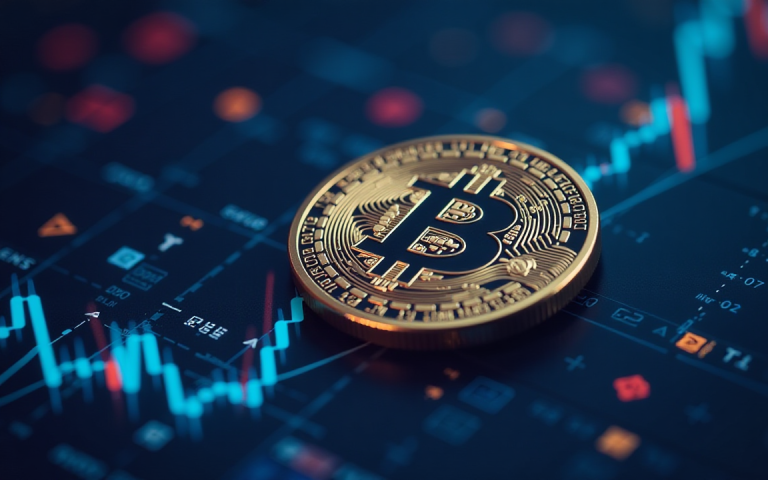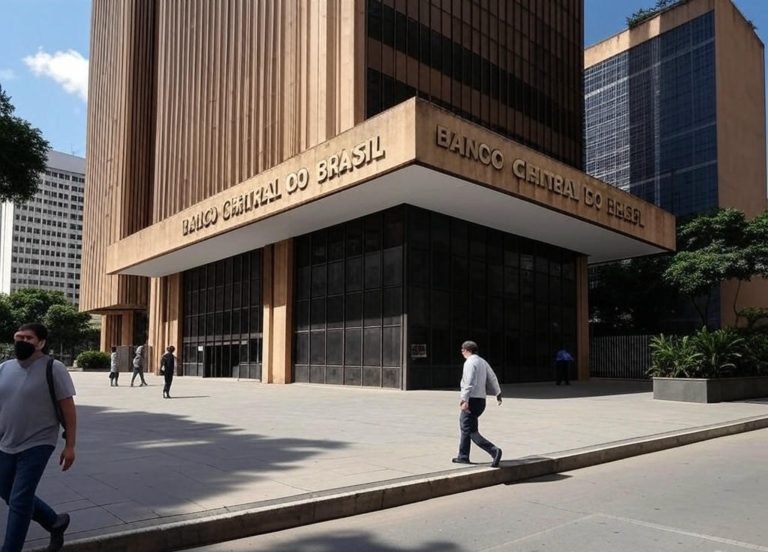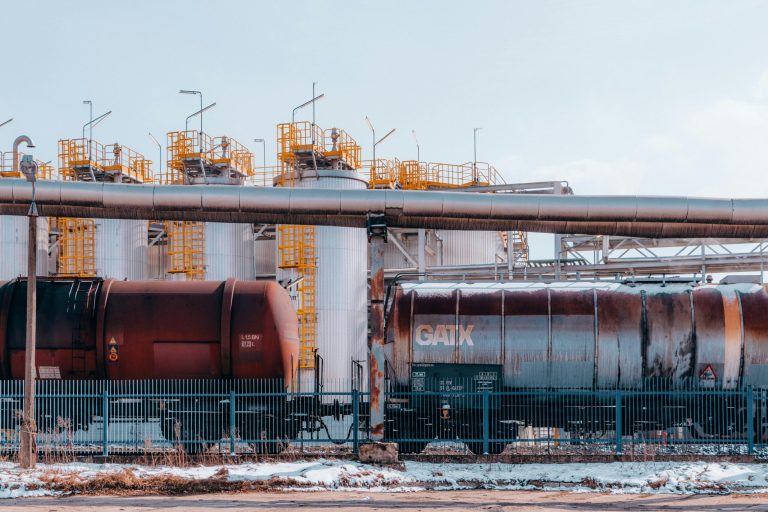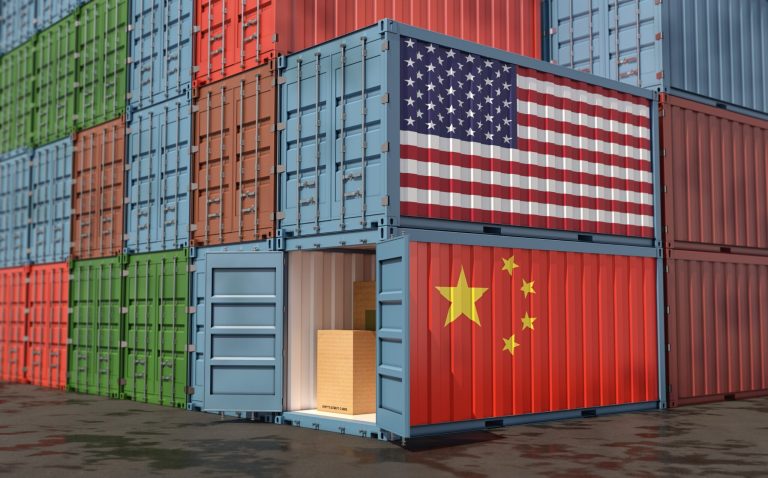Global automakers are dialling back profit forecasts and suspending guidance as tariff tensions, weakening margins from electric vehicles, and mounting global competition cast a shadow over the industry’s near-term prospects.
From Volkswagen and Mercedes-Benz to Stellantis and Aston Martin, companies are warning that US trade policy under President Donald Trump, combined with rising production costs and shifting consumer demand, is making it increasingly difficult to chart a clear financial path forward.
Volkswagen cuts profit forecast as EV shift and trade turmoil hit margins
Germany’s Volkswagen said on Wednesday it expects annual operating profit at the bottom end of its previous forecast.
The world’s second-largest automaker now expects full-year operating return on sales closer to 5.5%, down from earlier projections.
Net cash flow is also anticipated at the lower end of its €2 billion to €5 billion range, with net liquidity forecast to hover around €34 billion ($38.7 billion).
Volkswagen’s first-quarter earnings dropped by 40%, as margins were squeezed by an ongoing transition to battery-electric vehicles (BEVs), whose production remains significantly less profitable than combustion engine cars.
“Battery-electric vehicle sales more than doubled in Europe during the first quarter, but this came at the cost of reduced margins,” the company said.
Chief Financial Officer Arno Antlitz acknowledged the challenges, saying: “We need to ensure a competitive cost structure alongside our strong offering of vehicles to stay successful in a rapidly changing world.”
Mercedes-Benz withdraws full-year guidance
Volkswagen’s caution was echoed by rival Mercedes-Benz, which pulled its earnings guidance for the year, citing “current volatility” stemming from US President Donald Trump’s renewed tariffs on imported vehicles.
The German luxury carmaker reported a 41% drop in group earnings before interest and taxes (EBIT) to €2.3 billion in the first quarter.
Car and van sales fell 7%, including a 10% slump in Europe and China. Only the US market showed resilience, with a 1% sales rise.
Profit margin for its cars division dropped to 7.3% from 9% a year earlier.
“The current volatility with regard to tariff policies, mitigation measures and potential direct and indirect effects on customer behavior is too high to reliably assess the business development for the remainder of the year,” Mercedes said in a statement.
Assuming tariffs remain in place, the company warned its profits would be “negatively impacted.”
At the end of March, the carmaker told analysts it had been stockpiling inventory in the US to cushion against potential tariff shocks.
Mercedes CFO added that any additional tariff impact in 2025 could reduce car margins by up to 300 basis points.
Stellantis suspends recovery guidance after sharp profit drop
Stellantis, maker of Jeep and Peugeot vehicles, on Wednesday suspended its outlook for a moderate recovery this year after suffering a 64% drop in adjusted operating profit in 2024.
First-quarter revenues declined 14% year-on-year to €35.8 billion ($40.7 billion), broadly in line with market expectations.
The carmaker said evolving US tariff policies created too much uncertainty to maintain its previous forecast.
Stellantis also reported burning over €6 billion in cash last year, deepening concerns about its financial resilience in a prolonged trade dispute.
Volvo Cars withdraws forecast, Aston Martin to limit exports to US
Volvo Cars on Tuesday withdrew its earnings forecast for the next two years, also citing the unpredictable impact of the US tariff regime.
Meanwhile, British luxury carmaker Aston Martin reported a narrower-than-expected loss in the first quarter and said it would limit vehicle exports to the US to mitigate the effects of the new 25% tariffs on imported cars and parts.
The company posted an adjusted pretax loss of £79.8 million ($106.8 million) for the three months ended March 31, better than analysts’ expectations and significantly lower than the £110.5 million loss it posted a year ago.
While the luxury segment has some pricing power, Aston Martin acknowledged that tariff-related disruption remains a significant headwind.
Trump eases auto tariffs in bid to support domestic manufacturing
Meanwhile, President Donald Trump on Tuesday signed executive orders easing some of his previously imposed 25% tariffs on automobiles and auto parts.
“We just wanted to help them during this little transition, short term,” Trump told reporters, emphasizing that the administration did not intend to penalize manufacturers.
The move, according to Treasury Secretary Scott Bessent, is designed to enable carmakers to accelerate domestic production.
“President Trump has had meetings with both domestic and foreign auto producers, and he’s committed to bringing back auto production to the US,” Bessent said during a White House briefing.
So we want to give the automakers a path to do that, quickly, efficiently and create as many jobs as possible.
One of the executive orders amends the 25% auto tariffs to provide limited relief for US-assembled vehicles that incorporate foreign parts.
Under the new policy, eligible vehicles will receive a one-year rebate worth 3.75% of the vehicle’s sales price, reflecting the estimated tariff burden on foreign-made parts making up 15% of that cost.
In the second year, the rebate will shrink to 2.5%, aligned with a reduced share of imported components.
A senior Commerce Department official, speaking on condition of anonymity, said carmakers had lobbied the administration for more time to adjust supply chains and build new facilities.
The official said manufacturers are expected to announce new hiring, shift expansions, and additional factory plans in the coming weeks, AP reported.
The post Global automakers cut forecasts as Trump tariffs and EV costs squeeze margins appeared first on Invezz










